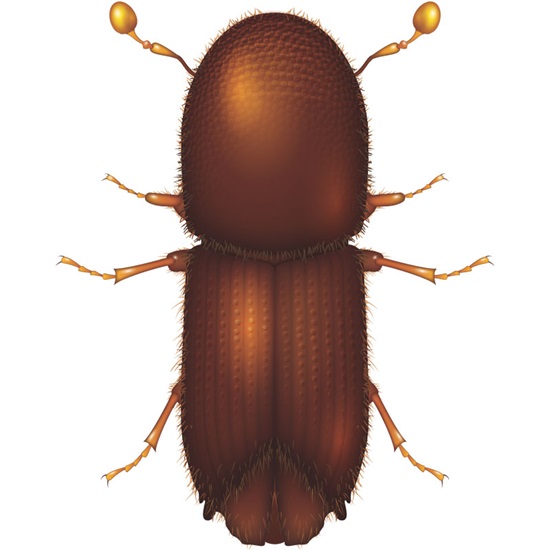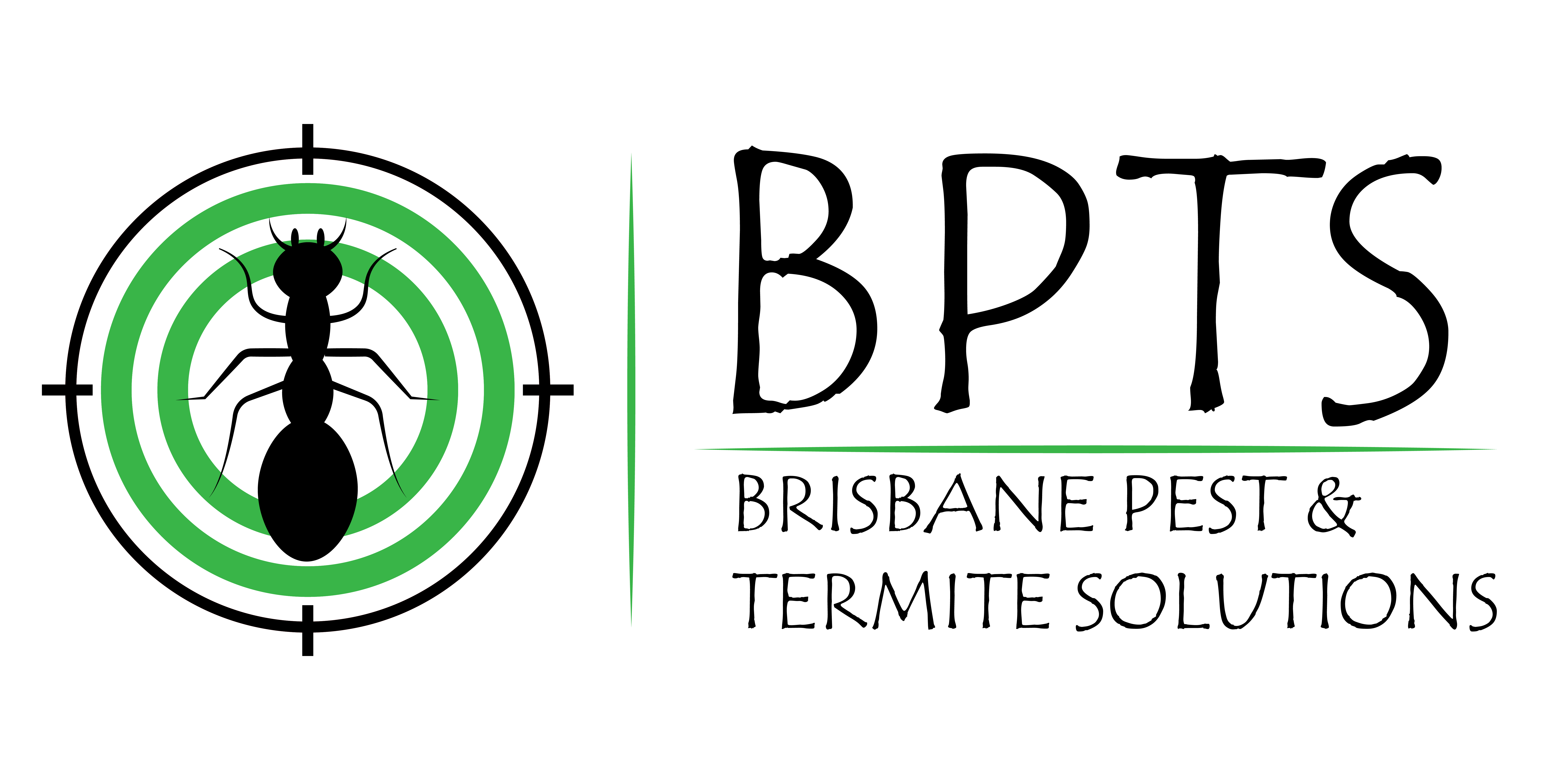Beetle Control
Carpet Beetle

Classification
Species category: Beetles & Weevils
Scientific name: Anthrenos Verbasci
Family: Dermestidae (skin feeders)
Description
All carpet beetles are between 2-4mm long with the exception of the Fur Beetle which is 4.5-6mm long. The Carpet Beetle is brown or black and mottled with yellow or white scales. The Fur Beetle is black and covered in white hairs.
The carpet beetle is indigenous to Europe and in England. The furniture carpet beetle is of a subtropical origin and cold sensitive.
Warm, dry conditions are ideal for Carpet Beetles’ development but they can survive in foodstuffs with very low moisture content. The Museum beetle is often found in museums where it is a particular pest of dried specimens. The Fur Beetle may be found in fur, skins, textiles and grain.
Adult carpet beetles are found outdoors and live off pollen and nectar.
Behaviour
Pests of animal products and occasionally food products of plant origin, Carpet Beetles are major textile pests. They thrive in situations where they remain undisturbed, e.g. beneath carpets and around skirting boards.
Risks
Larvae cause considerable damage to keratin-containing products such as wool, fur and leather. Occasionally food products of plant origin can be attacked.
Damage takes the form of clean irregular holes in textiles. There’s no webbing or excrement present, so by the time larvae are observed, considerable damage has often occurred.
Five Spined Bark Beetle

Classification
Species category: Beetles & Weevils
Scientific name: Ips Grandicollis
Description
Dark reddish brown in colour, it can appear almost black, this is a small beetle measuring approximately 3-5mm in length. Its cylindrical body can be covered with lots of tiny hairs or scales at the rear and have a glossy outer shell.
Native to the Americas, it is now very active in Queensland’s pine growing regions in Australia.
Stressed pine trees are a particular favourite habitat but this beetle will also enjoy living in tree stumps, rotting trees or recently felled timber.
Behaviour
Adults are often prevalent in stressed or damaged pine trees but they mainly attack the stumps or roots of dead trees and can severely affect the value and aesthetic qualities of milled timber.
The males bore into the tree and emit a powerful pheromone which attracts other beetles to the site. At this point, the male will take 3-5 female partners and impregnate them. The females bore further into the tree and lay eggs.
In the case of stressed pines, their defences are overwhelmed by the sheer volume of invading beetles and they die.
The Five Spined Bark Beetle also carries spores of blue stain fungi which it transmits to the tree and makes their presence easier to detect.
Risks
This beetle often attacks already weakened trees and as a result can kill a large number in a relatively small area.
The blue stain fungi can ruin the aesthetics of milled timber, severely affecting its value and usability.
Larder Beetle

Classification
Description
Spider Beetle

Classification:
Species category: Beetles & Weevils
Family: Ptinidae
Description:
1. Ptinus tectus (Australian Spider Beetle)
2. Ptinus fur (White Marked Spider Beetle)
3. Niptus hololeucus (Golden Spider Beetle)
4. Gibbium psylloides (Hump Spider Beetle)
Varying in size by species, these insects are on average 1.7-4mm in length and have a dull-brown/red body with golden hairs. The Hump Spider beetle is different and has a shiny, red-brown to black body with no hairs.
Spider Beetles have 11 segmented antennae and all share a number of spider-like characteristics including a stout body, long legs and generally, a hairy appearance.
Behaviour:
Gregarious and nocturnal, Spider Beetles spend the day in cracks and crevices amongst packaging and the fabric of a building. They thrive in old buildings where they find safe harbourages.
Spider beetle larvae infest all types of dry animal and vegetable matter including grain, spices and fish meal. They will scavenge on debris and bore holes in order to find a safe place to pupate. In doing so, they destroy packaging and contaminate foods.
There are 2-4 generations per year in unheated conditions. All stages except eggs and young larvae can overwinter. Peak activity is reached between August and November.
Region:
The Australian Spider Beetle is Australasian in origin and now is widely distributed. Most spider beetle species are cosmopolitan and are rarely imported.
Habitat:
They enjoy dark and damp conditions and readily feed on moisture-damaged food. Infestations often originate from birds’ nests. Spider beetles are becoming increasingly common in domestic premises where they are found in attics, wall cavities and floorboard cracks.
Granaries and bakeries also offer the perfect conditions and food sources. Hump Spider beetles are tolerant of cool conditions and can survive for long periods without food supplies.
Risks:
Spider beetles can reduce the quality of commodities by contaminating them with webbing and droppings. The larvae bore into packaging and the grain itself, in addition to other materials such as grain sacks, leaving behind tell-tale holes.
